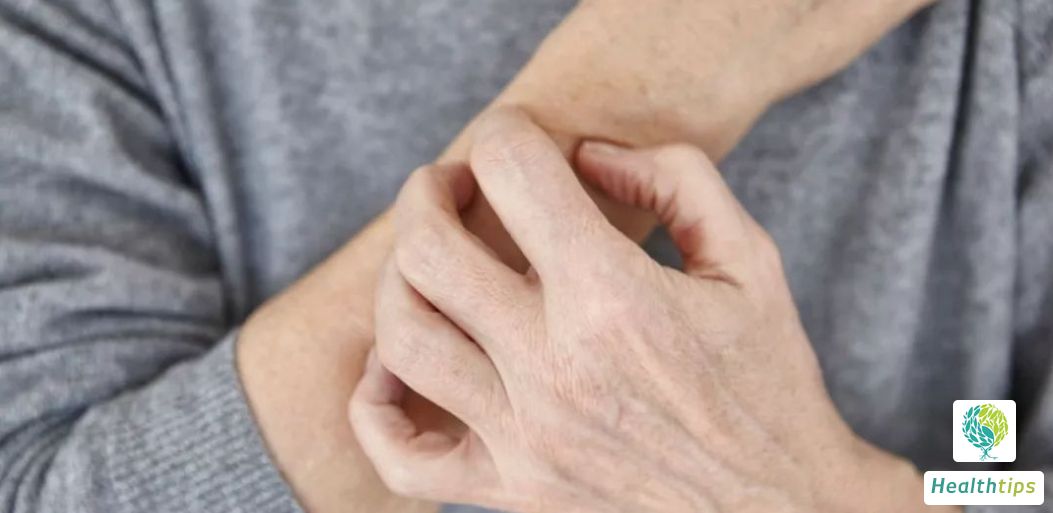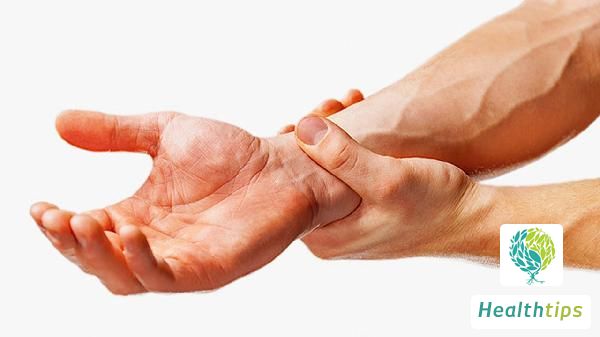"How Do I Determine If I Have Hemorrhoids?"
Update Date:
Source: Network
Generally speaking, hemorrhoids are caused by congestion or congestion and enlargement of venous plexus in the anal canal or lower end of the rectum, which can be divided into external hemorrhoids, internal hemorrhoids, and mixed hemorrhoids. They can usually be diagnosed by examining factors such as blood in stool, foreign bodies in the anus, anal pain, bowel movements, and discomfort in the anus.

Methods of Diagnosis:
- Blood in Stool: When hemorrhoids occur, the hemorrhoidal tissue may rupture and bleed during bowel movements. The blood entering the feces causes bloody stool, typically manifesting as bright red blood or post-defecation drips from the anus.
- Foreign Bodies in the Anus: In cases of external or internal hemorrhoids, when the hemorrhoidal tissue protrudes, it can form a foreign body locally in the anus. Some internal hemorrhoids may disappear automatically during rest. The larger the hemorrhoids, the larger the foreign body in the anus, so this can be observed for diagnosis.
- Anal Pain: If hemorrhoids rupture or are large, patients may experience anal pain. Observing the presence or absence of this symptom can help diagnose hemorrhoids.
- Bowel Movements: Hemorrhoids are fragile in nature and prone to bleeding upon stimulation during bowel movements. Therefore, patients can judge whether they have hemorrhoids by observing whether there is blood after bowel movements or in the feces.
- Discomfort in the Anus: Hemorrhoids are prone to injury, which can stimulate surrounding nerves and cause pain. If patients feel discomfort in the anus after bowel movements or prolonged sitting, they should be alert to the development of hemorrhoids.
It is recommended to promptly seek medical attention when experiencing discomfort in daily life to avoid adverse effects on the body.



















